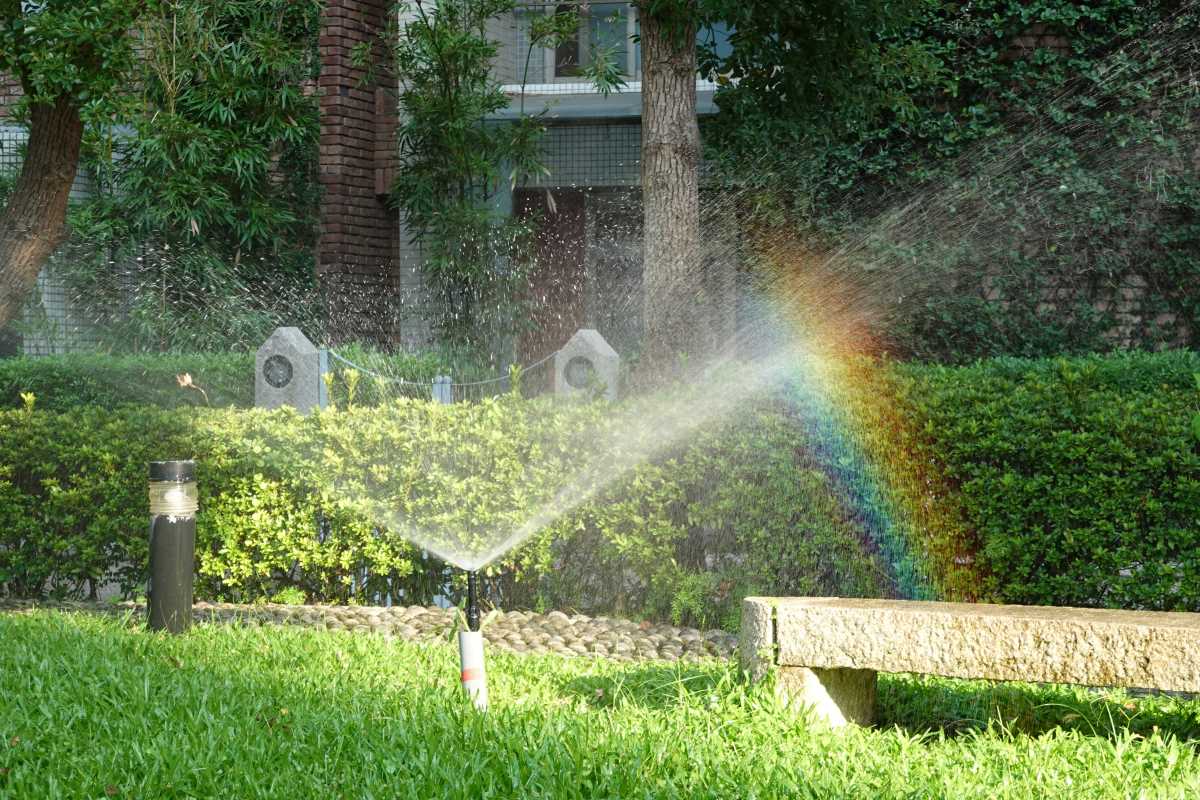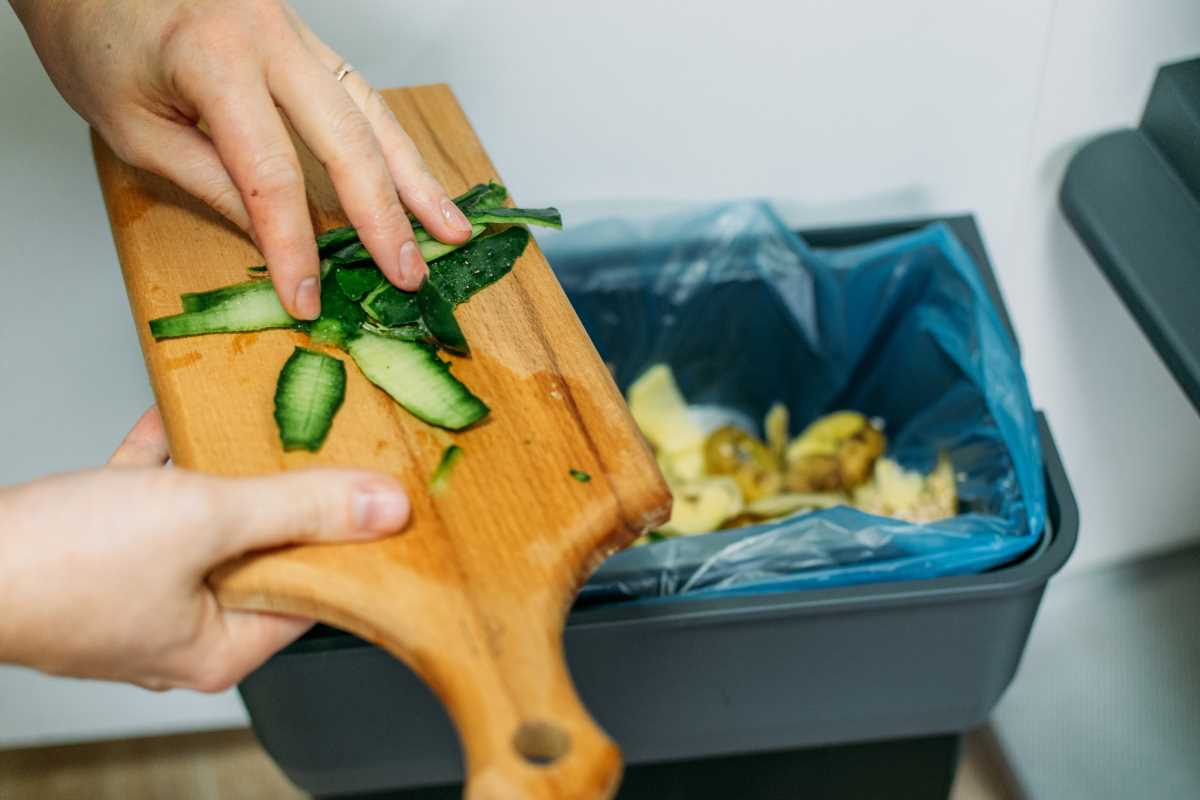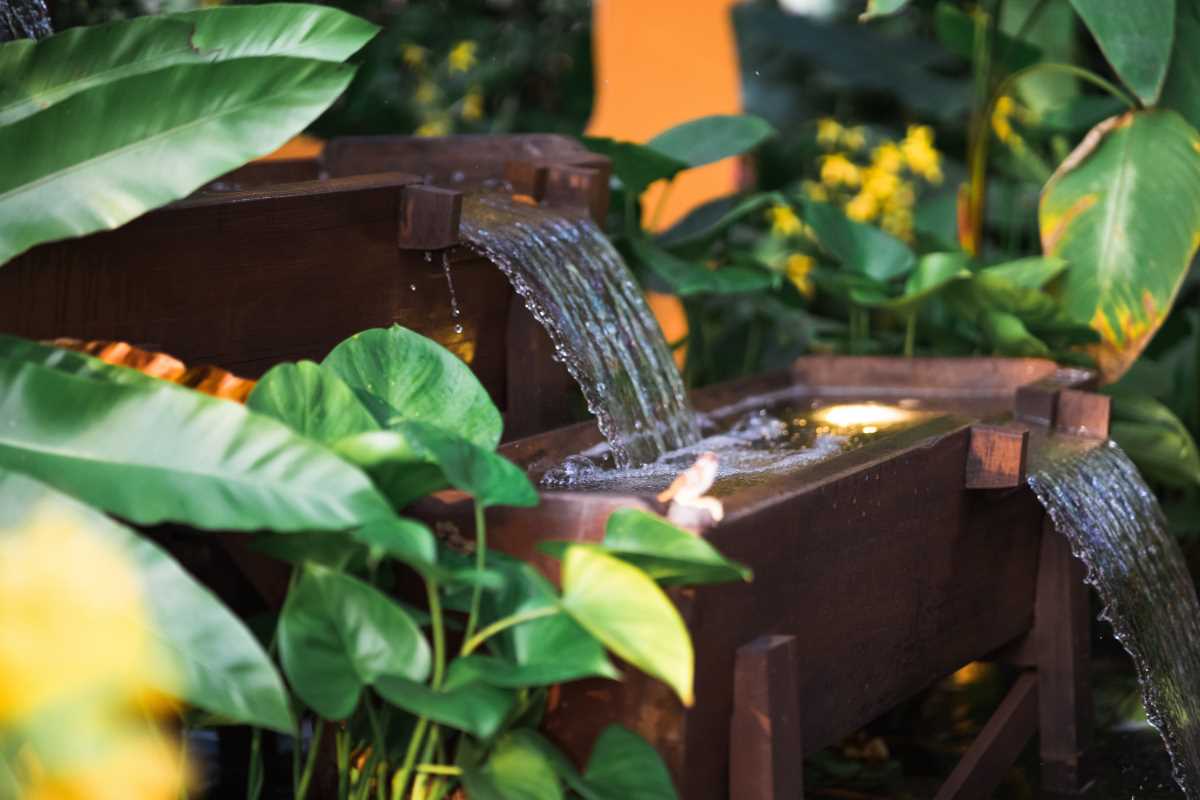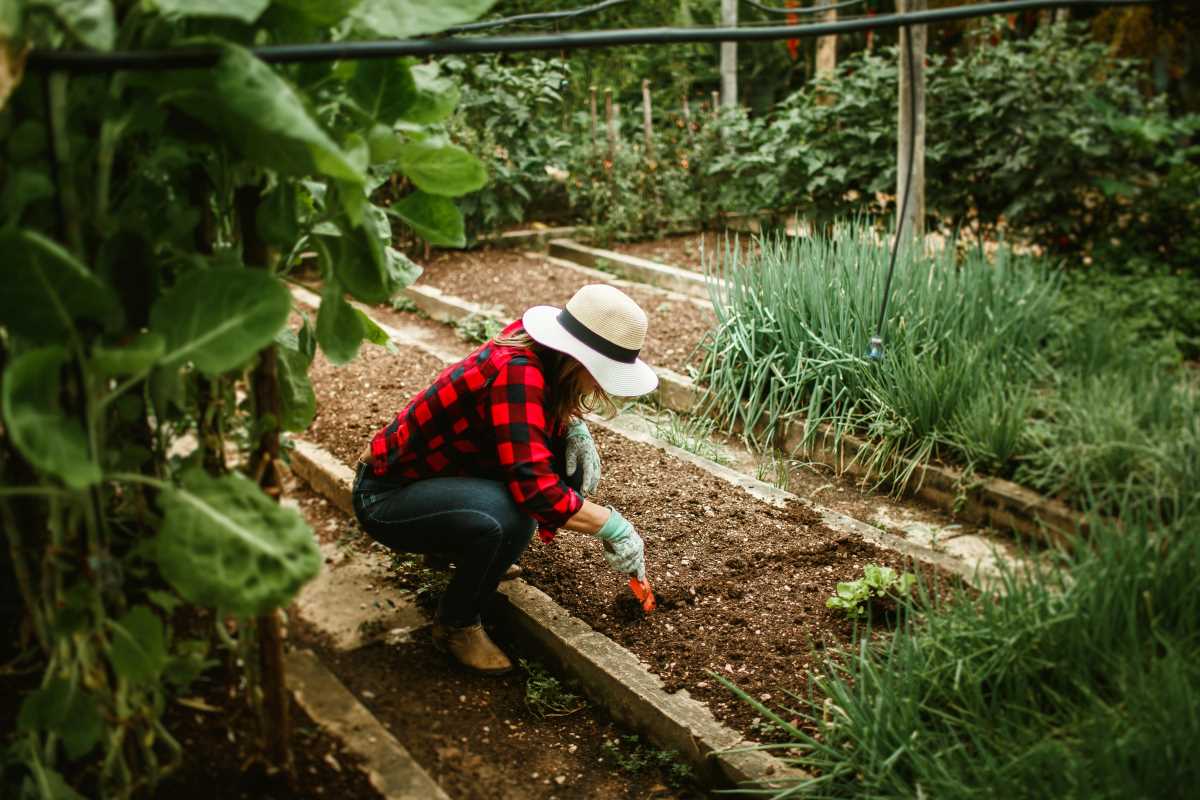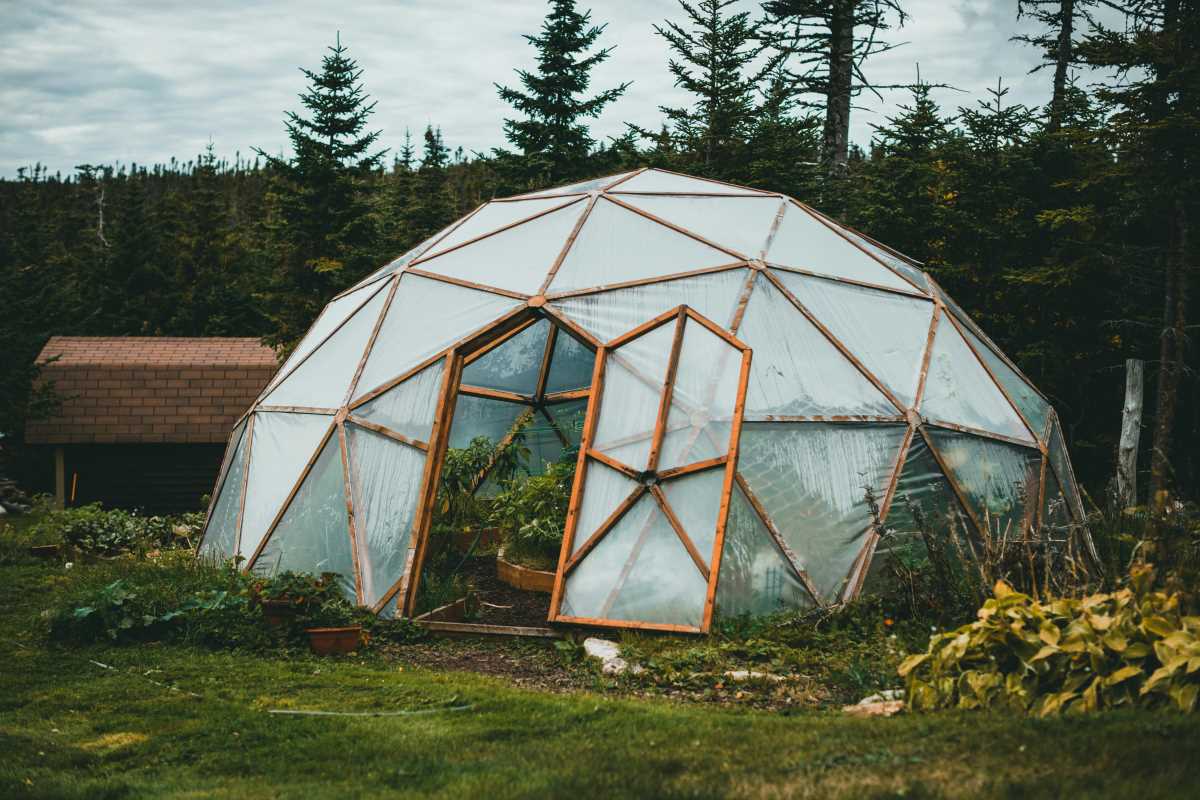Caring for a standard lawn demands regular mowing, frequent watering, and ongoing maintenance that can quickly become overwhelming. Many people find themselves spending weekends pushing a mower or troubleshooting sprinkler systems to keep their grass green. By choosing a more sustainable alternative, you can reduce the time spent on yard work and still enjoy an attractive outdoor space. These eco-friendly options often simplify maintenance and can lead to noticeable savings on your water bills, all while keeping your yard looking fresh and inviting throughout the year.
If you tire of the never-ending cycle of lawn care, exploring different yard options might be the perfect solution. With careful planning and a willingness to experiment, you can create a beautiful space that needs less work and resources.
Why Consider Lawn Alternatives?
Traditional lawns have some common issues that make upkeep burdensome. Changing to a low-maintenance option gives you a fresh start.
- High water consumption and runoff issues
- Frequent mowing for a neat look
- Ongoing costs for fertilizers and pesticides
- Time spent on regular maintenance
When you switch to lawn alternatives, you enjoy more free time, cut expenses, and help the environment by using less water and fewer chemicals.
This shift not only lightens your daily chores but also adds a distinctive touch to your outdoor spaces, making your home stand out positively.
Popular Lawn Alternatives to Explore
Many attractive options combine appearance with low upkeep. By choosing the right one, you create a yard that looks great with less effort.
- Ground Covers – These low-growing plants spread easily. They provide a lush cover without needing constant mowing.
- Clover Lawns – Clover requires little maintenance and stays green with minimal water. Its soft texture can be a pleasant change from traditional grass.
- Ornamental Grasses – These grasses add texture and movement to your yard. They need only occasional trimming and can thrive in various conditions.
- Xeriscaping – Designed to reduce water use, xeriscaping uses drought-resistant plants that create a modern, unique look. This option works well in areas facing water challenges.
Different yard types suit specific environments, so think about local conditions and personal style when making a choice.
Pros and Cons of Each Option
Each alternative offers a mix of benefits and challenges. Comparing them helps you decide which suits your space best.
- Maintenance Needs: Ground covers often need minimal mowing, while ornamental grasses might need a seasonal trim.
- Drought Resistance: Xeriscaping and clover lawns perform especially well under low-water conditions, making them good choices in dry climates.
- Visual Appeal: Each option provides different textures and colors. Clover offers a soft, inviting look, while ornamental grasses add vertical interest.
- Establishment Time: Some alternatives take a while to spread and fill in the space, while others establish quickly, saving your initial setup time.
Weighing these factors helps you prepare the right conditions and select a style that fits both your lifestyle and the environment of your yard.
Take your time to learn what each option can do for your space. Making informed decisions now can lead to a yard that continues to satisfy you in the long run.
How to Choose the Right Lawn Alternative for Your Yard
Picking the best yard option involves examining a few key elements of your property. A simple step-by-step process can make this easier.
- Assess Your Climate: Look at your local weather patterns. Select plants that thrive in the typical temperature and rainfall of your area.
- Observe Sunlight: Check how much sun your yard gets each day. Plants like ornamental grasses usually love full sun, while ground covers can manage with less light.
- Test Your Soil: Conduct a basic soil test to determine the pH and texture. Finding out whether your soil is sandy, loamy, or clayey helps you choose plants that will prosper.
- Plan Watering Needs: Compare the watering requirements of various options. Xeriscaping, for example, ensures low water use, which works best if water is scarce.
- Set a Budget: Evaluate the costs of installation and long-term maintenance. Some alternatives may require a higher upfront investment but can save money over time by lowering maintenance expenses.
Each step allows you to match your yard conditions to the right plants for a healthy, attractive space.
This methodical approach makes selecting the right plants and planning your layout an engaging process. Take your time and experiment with combinations that balance beauty and practicality.
Simple Tips for Getting Started
Starting a new yard project can be fun and rewarding. Follow these simple pointers to help create a low-maintenance outdoor space.
- Plan Your Layout: Sketch a rough map of your yard, noting sun exposure and moisture levels. This basic plan guides your planting decisions.
- Prepare Your Soil: Remove the old grass or weeds carefully. Loosen the soil and add compost to improve its quality for a smoother transition.
- Plant in Sections: Don’t try to complete your yard all at once. Plant a small area first, let it settle, then move on to the next section.
- Monitor and Adjust: Keep an eye on how your plants perform. If one option doesn’t adapt well, try mixing in another type that might thrive better.
Transforming your yard step by step lets you discover its needs and gradually create a beautiful, low-maintenance space. Focusing on one area at a time reduces routine care and adds lasting visual appeal.
Start creating your unique, low-maintenance garden and enjoy the results. Take pride in making your outdoor space both attractive and practical.
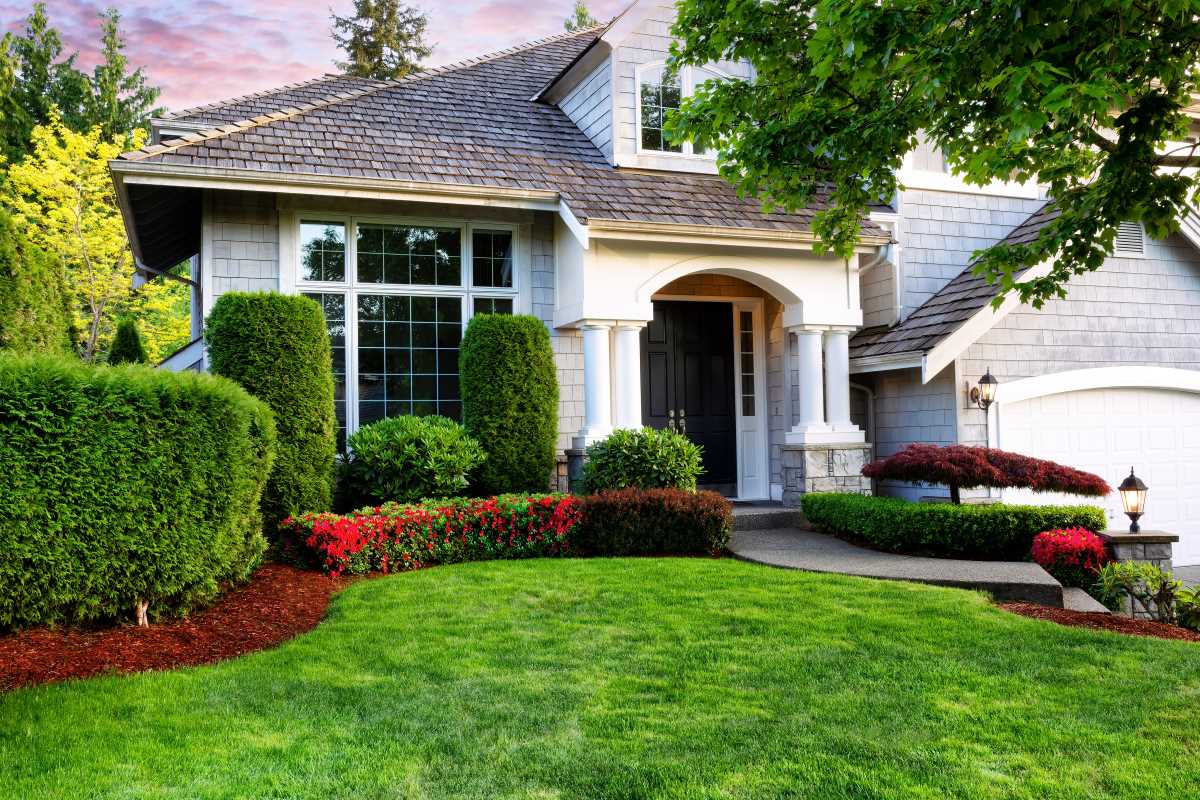 (Image via
(Image via